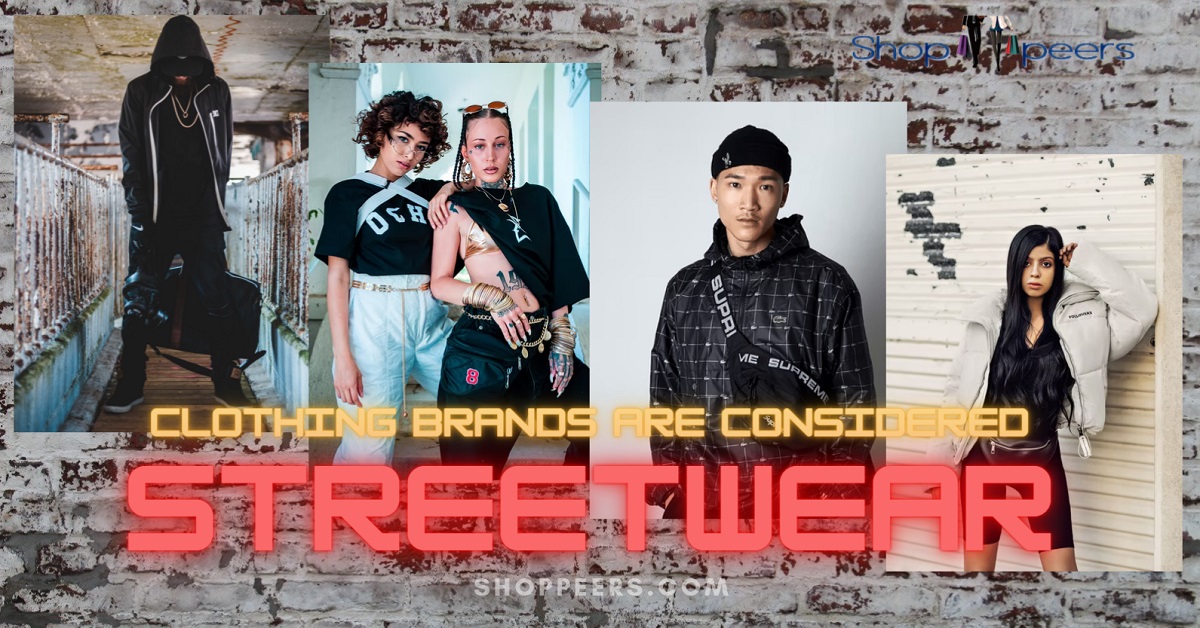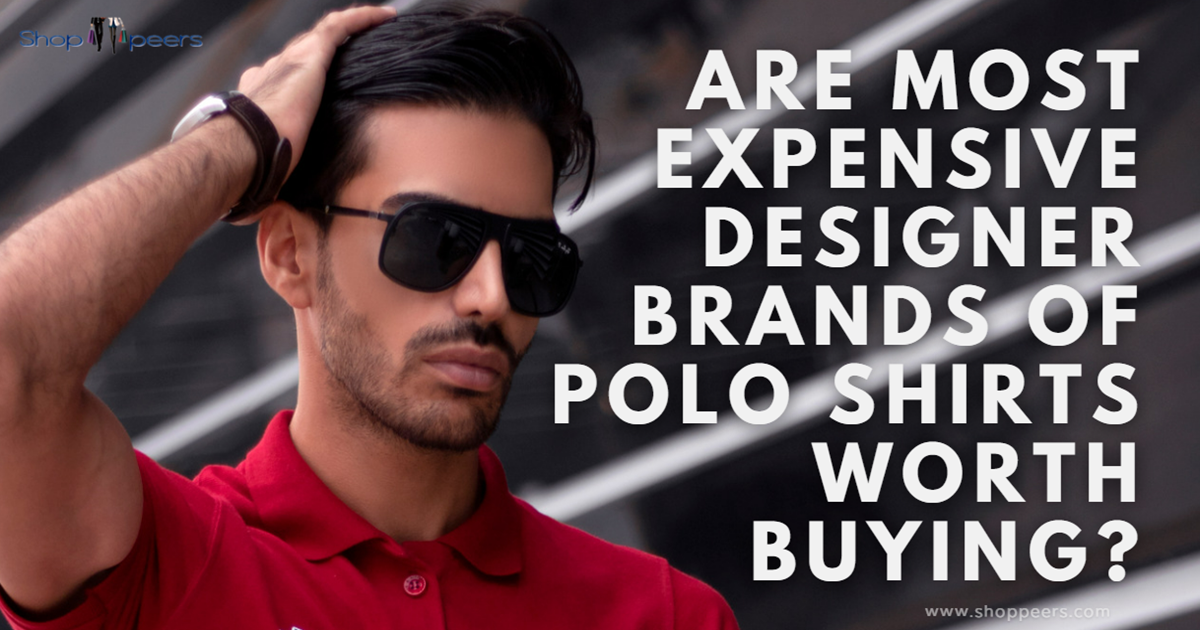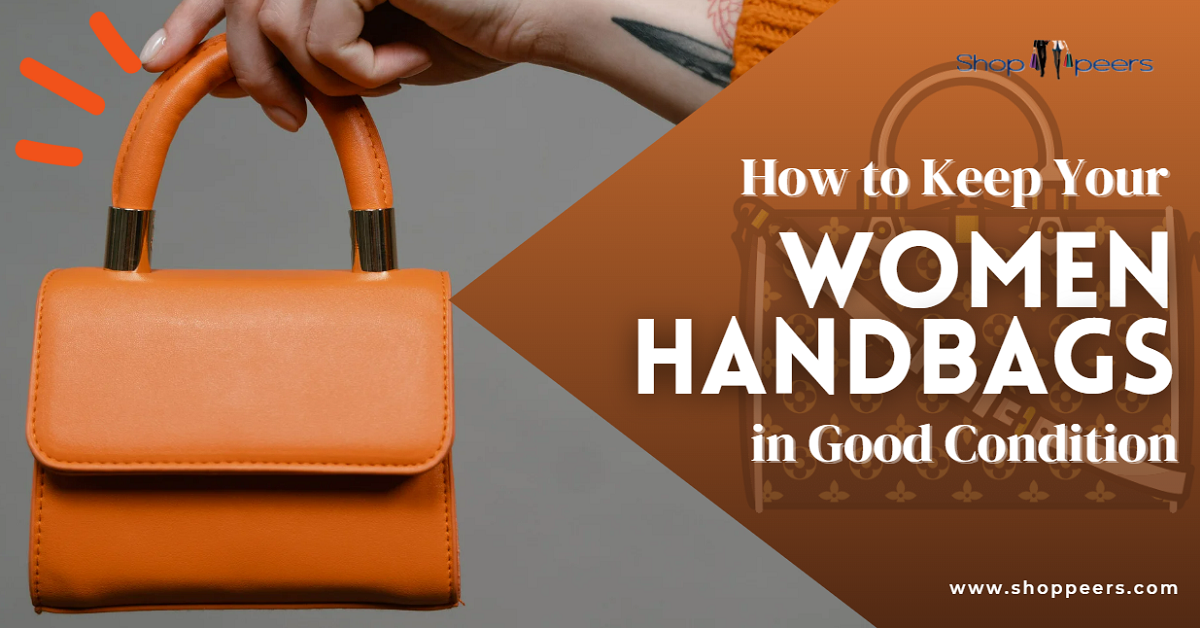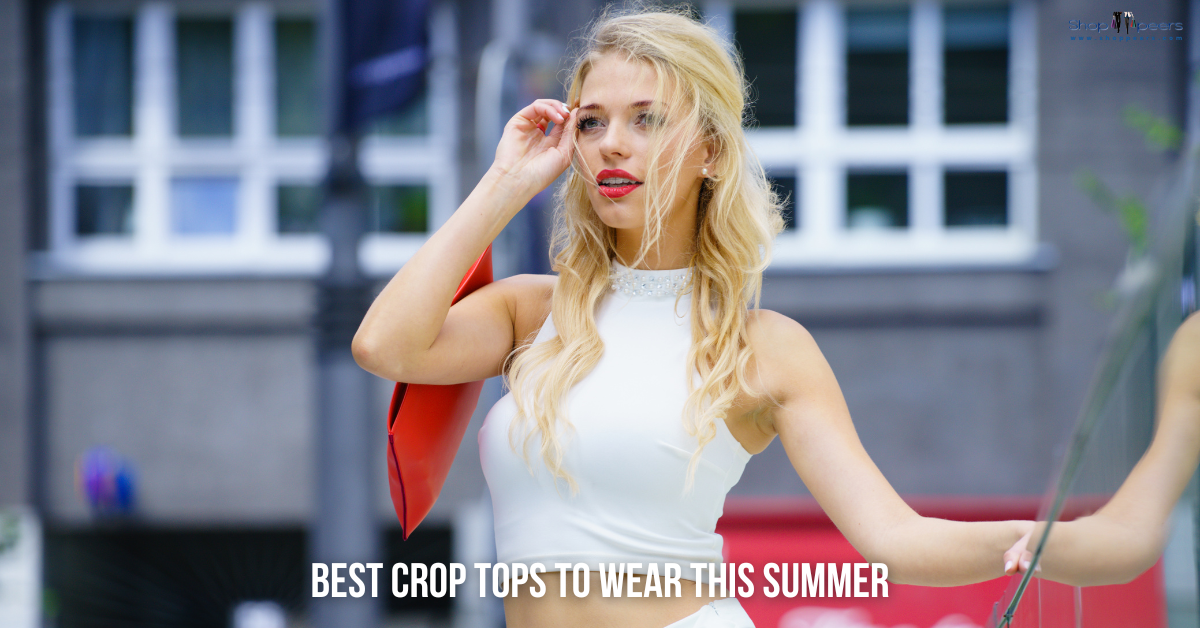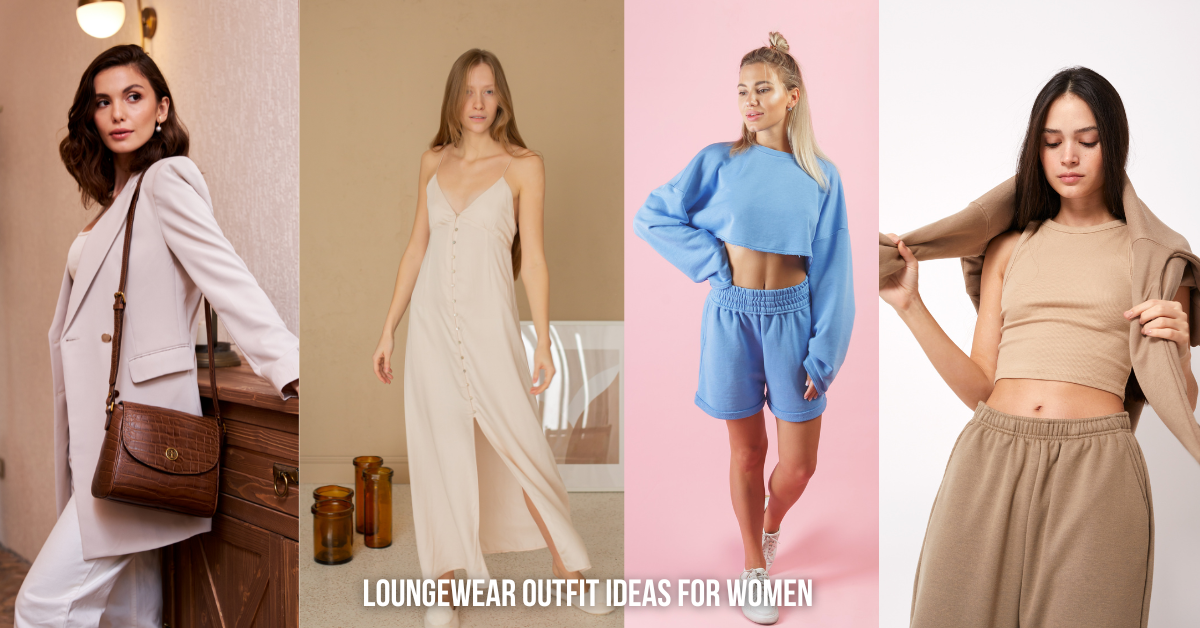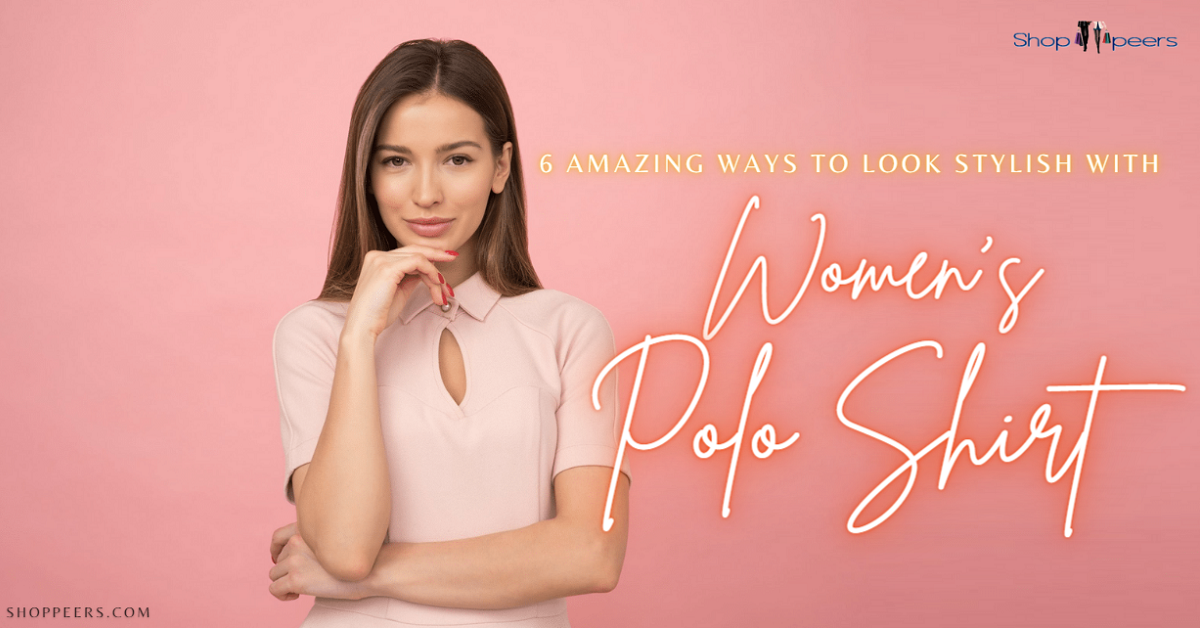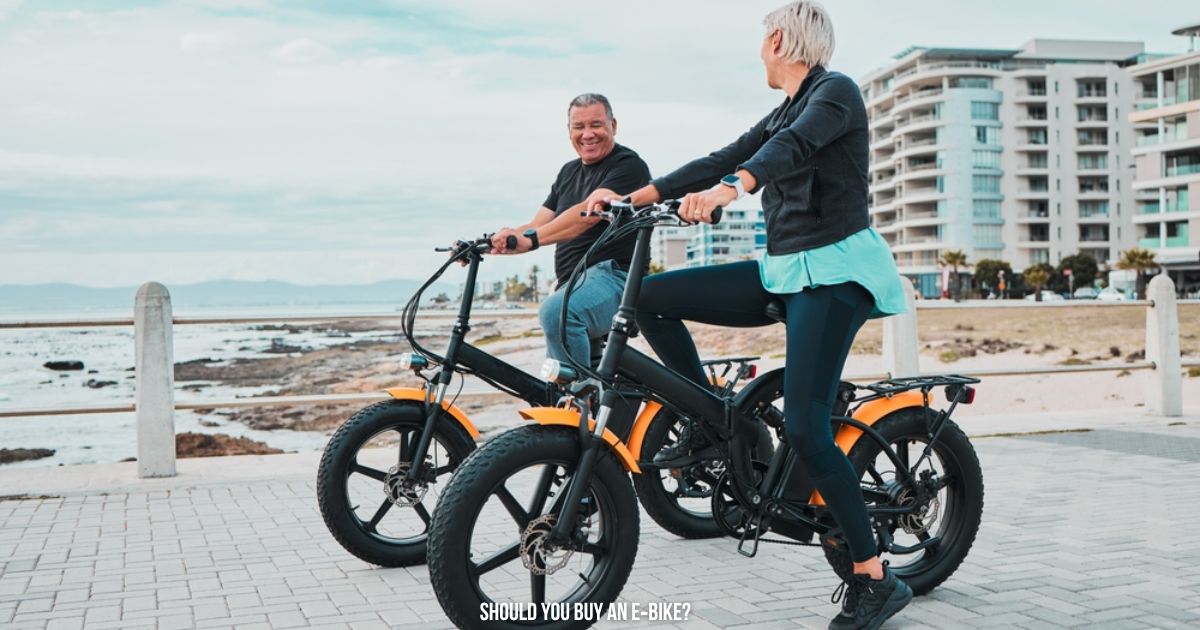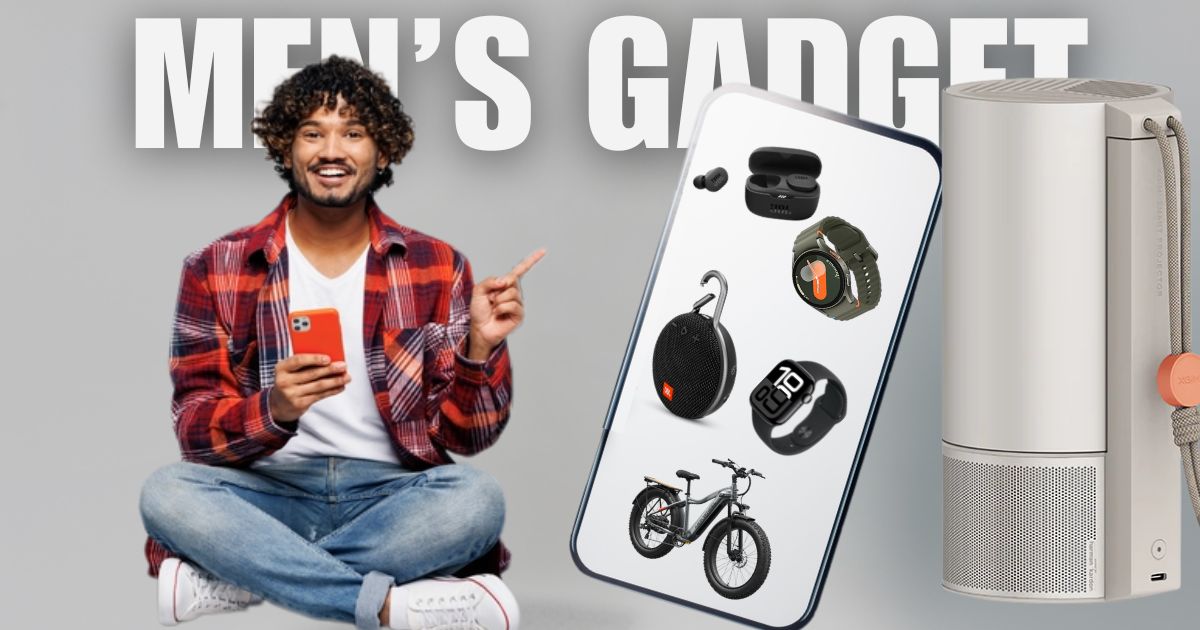Streetwear isn’t just a fashion trend—it’s a lifestyle. Born from a blend of skate, surf, hip-hop, and sportswear influences, streetwear has evolved into a multi-billion-dollar industry that dominates both high fashion and everyday style. If you’re wearing a pair of sneakers, jeans, and a graphic tee, you’re already embracing the essence of streetwear.
But what exactly defines a streetwear brand? What sets these clothing lines apart from mainstream fashion? And which brands are leading the charge in 2025? Let’s explore the world of streetwear, from its origins to its latest trends, and highlight some of the biggest names shaping the culture today.
The Origins of Streetwear: A Fusion of Subcultures
Streetwear as we know it today has deep roots in two iconic American cities: New York and Los Angeles. It emerged in the late 1970s and early 1980s, influenced by skateboarding culture in California and hip-hop fashion in NYC. Early adopters of streetwear were skateboarders, graffiti artists, and rap artists who wanted comfortable yet stylish clothing that reflected their personalities.
Shawn Stussy, the founder of Stüssy, is often credited with pioneering the streetwear movement. In the 1980s, he began printing his signature onto t-shirts and selling them at surf shops. Around the same time, hip-hop artists in New York started wearing baggy jeans, oversized hoodies, and branded sneakers, shaping what would later become a global movement.
By the 1990s and early 2000s, brands like Supreme, A Bathing Ape (BAPE), and FUBU had taken the streetwear scene by storm, solidifying their presence in mainstream culture. Fast forward to today, and streetwear is no longer just for underground subcultures—it’s everywhere, from luxury fashion runways to the wardrobes of everyday consumers.
What Makes a Clothing Brand “Streetwear”?
Unlike traditional fashion, which follows seasonal trends and structured silhouettes, streetwear is all about self-expression, exclusivity, and comfort. While the style varies from person to person, most streetwear brands share the following characteristics:
1. Casual & Comfortable Aesthetic
Streetwear is rooted in everyday wear. This means loose-fitting t-shirts, hoodies, joggers, and sneakers are staples of the culture. Unlike formal or business attire, streetwear is effortless and practical, making it perfect for daily wear.
2. Influence from Music, Art, and Sports
Hip-hop, punk, graffiti art, and basketball have all played significant roles in shaping streetwear designs. Many brands incorporate bold logos, graphics, and cultural references to reflect the communities they come from.
3. Limited Edition Drops
A key element of streetwear culture is exclusivity. Many brands release limited-edition “drops”, meaning that only a select number of items are made. This creates hype and increases demand, often leading to resale prices skyrocketing.
4. Brand Identity & Logos
A strong brand identity is crucial in streetwear. Recognizable logos—like Supreme’s red box logo, Nike’s swoosh, and Off-White’s quotation marks—help distinguish brands and add a sense of credibility and hype.
Top Clothing Brands Considered Streetwear in 2025
Streetwear brands come and go, but some names have remained influential for decades. Here are some of the top brands dominating the streetwear scene this year:
1. Supreme
It’s impossible to talk about streetwear without mentioning Supreme. Founded in 1994, Supreme remains one of the most sought-after brands in the industry. The brand’s weekly drops and high-profile collaborations with Nike, The North Face, and Louis Vuitton have solidified its status as a streetwear powerhouse.
2. Stüssy
A pioneer of the movement, Stüssy continues to be a staple in the streetwear world. Known for its bold graphics and surf-inspired aesthetics, Stüssy has maintained relevance by adapting to modern trends while staying true to its roots.
3. Off-White
Founded by Virgil Abloh, Off-White has successfully blurred the lines between luxury and streetwear. The brand’s signature zip ties, quotation marks, and diagonal stripes make it instantly recognizable. In 2025, Off-White remains a dominant force in high-end streetwear.
4. Nike & Adidas (Sportswear Meets Streetwear)
Although traditionally known as sportswear brands, Nike and Adidas have fully integrated into streetwear culture. Nike’s Jordan Brand and Adidas’ Yeezy line (in collaboration with Kanye West) have become some of the most influential forces in street fashion.
5. BAPE (A Bathing Ape)
Japanese streetwear brand BAPE is known for its camo prints, shark hoodies, and unique designs. With a cult-like following, BAPE remains one of the most recognizable streetwear brands globally.
6. Fear of God (FOG) & Essentials
Fear of God, created by Jerry Lorenzo, has gained a reputation for its minimalist luxury streetwear. The brand’s Essentials line, offering more affordable versions of its signature pieces, has become widely popular among younger streetwear fans.
7. Palace
The UK-based brand Palace is often compared to Supreme for its skate culture influence and limited drops. Known for its Tri-Ferg logo and high-profile collaborations, Palace remains a key player in global streetwear.
8. Carhartt WIP
Originally a workwear brand, Carhartt WIP (Work In Progress) has become a streetwear favorite thanks to its durable fabrics and timeless designs. The brand is embraced by skaters, artists, and musicians alike.
The Evolution of Streetwear Trends in 2025
As streetwear continues to evolve, it no longer just represents a subculture—it has become a dominant force in mainstream fashion. With Gen Z and Millennials leading the charge, streetwear in 2025 is defined by a blend of innovation, nostalgia, sustainability, and exclusivity. Below are the key trends reshaping the landscape this year:
1. Sustainable Streetwear: Fashion with a Conscience
Sustainability is no longer a niche concern—it’s a necessity. With climate change and ethical production practices becoming top priorities, streetwear brands are making significant efforts to reduce waste, use eco-friendly materials, and adopt circular fashion models.
- Recycled and Organic Fabrics – Brands like Pangaia, Noah, and Patagonia lead the way with materials such as organic cotton, hemp, and recycled polyester made from ocean plastic.
- Zero-Waste Production – Companies are embracing closed-loop manufacturing, ensuring that scraps and unsold stock are either repurposed or fully biodegradable.
- Secondhand & Upcycled Streetwear – Resale platforms like Grailed, Depop, and The RealReal have surged in popularity, allowing consumers to buy, sell, and trade rare and vintage pieces.
- Eco-Friendly Sneakers – Adidas’ Futurecraft Loop and Nike’s Move to Zero initiative push boundaries with biodegradable and carbon-neutral sneaker lines.
With consumers actively seeking low-impact alternatives, brands that fail to prioritize sustainability risk falling behind.
2. Tech-Infused Fashion: The Future Meets Streetwear
In 2025, technology is woven into fashion like never before. From AI-designed apparel to wearable tech and blockchain authentication, streetwear brands are integrating futuristic elements that elevate both function and exclusivity.
- Smart Clothing & Adaptive Fabrics – Brands like Vollebak and Google Jacquard are pushing boundaries with temperature-regulating jackets, self-heating hoodies, and moisture-wicking adaptive fabrics that adjust to weather conditions.
- NFT & Digital Apparel – Companies like RTFKT (now owned by Nike) and Adidas Originals are creating NFT-linked apparel, allowing buyers to own both a physical product and a digital version to wear in the metaverse.
- Augmented Reality (AR) Fittings – Brands are enhancing online shopping experiences with virtual try-ons using AR and AI-powered size recommendations.
- LED-Integrated Streetwear – Clothing pieces featuring LED lighting (such as light-up sneakers and fiber-optic jackets) are becoming more common, particularly in nightlife and performance wear.
Tech-infused streetwear is turning everyday fashion into wearable innovation, blending futuristic aesthetics with functional benefits.
3. Oversized & Baggy Fits: Comfort Takes Over
The baggy era is officially back, replacing the slim-fit silhouettes that dominated the early 2010s. This trend is heavily inspired by ’90s hip-hop fashion, Y2K aesthetics, and skate culture, emphasizing comfort, movement, and effortless cool.
- Wide-Leg Jeans & Cargo Pants – Denim brands like Levi’s, Balenciaga, and Carhartt WIP have embraced relaxed and extra-wide-leg silhouettes, bringing back a nostalgic aesthetic.
- Oversized Hoodies & Crewnecks – Streetwear staples like Fear of God Essentials, Supreme, and Stüssy continue to dominate with their cozy, oversized fits.
- Layering with Loose Silhouettes – The layering game has evolved, with baggy t-shirts under oversized jackets and relaxed blazers over hoodies, blending casual and semi-formal streetwear.
- Return of XXL Streetwear Brands – Brands that defined the baggy look in the 2000s, like Ecko Unltd., Southpole, and Phat Farm, are re-entering the scene with updated versions of their classic designs.
The oversized fit movement reflects the growing desire for freedom, ease, and a break from restrictive fashion trends.
4. Retro & Y2K Influences: Nostalgia Reigns Supreme
The early 2000s are making a full comeback, as younger generations embrace bold aesthetics, flashy branding, and tech-inspired designs from the Y2K era.
- Graphic-Heavy Designs – Brands like Ed Hardy, True Religion, and Baby Phat are seeing a resurgence, with loud graphics, rhinestone embellishments, and embroidered denim making a return.
- Velour Tracksuits & Sportswear Revival – The Juicy Couture-inspired velour tracksuit is back, and brands like Nike, Adidas, and Kappa are releasing retro-styled jogger sets reminiscent of the 2000s.
- Chunky Sneakers & Skate Shoes – The puffy, oversized skate shoes of the 2000s (think DC Shoes, Osiris, and Etnies) are making a comeback alongside dad sneakers and platform designs.
- Tinted & Frameless Sunglasses – The tiny, colorful sunglasses that were popular in early hip-hop and pop culture are back on runways and streetwear collections.
This revival of Y2K nostalgia is all about maximalism, breaking away from minimalist aesthetics and embracing bold, eye-catching streetwear.
5. High Fashion x Streetwear Collaborations: The New Norm
The once-clear divide between luxury fashion and streetwear has completely dissolved, with collaborations becoming more frequent, high-profile, and experimental.
- Balenciaga x Adidas – This ongoing partnership has blended sportswear with avant-garde high fashion, bringing tracksuits, sneakers, and oversized silhouettes into luxury retail.
- Louis Vuitton x Nike Air Force 1 (by Virgil Abloh) – The late Virgil Abloh’s collaboration between Louis Vuitton and Nike has remained one of the most valuable sneaker collections, cementing his streetwear-meets-luxury legacy.
- Dior x Stüssy – The unexpected partnership between Stüssy and Dior continues in 2025, blending classic surf-skate aesthetics with high-end tailoring.
- Rick Owens x Converse – Rick Owens’ edgy, dystopian take on Converse sneakers continues to be one of the most talked-about collaborations in streetwear.
- Gucci x Palace – Gucci has fully embraced skate culture, partnering with UK’s Palace Skateboards for an iconic, sought-after capsule collection.
These collaborations prove that streetwear isn’t just casual clothing—it’s a major player in high fashion, influencing how the world dresses from the streets to the runways.
Conclusion: Why Streetwear Will Never Fade
Streetwear isn’t just about fashion—it’s about culture, individuality, and self-expression. While trends come and go, the core values of streetwear remain the same: comfort, exclusivity, and authenticity. The influence of music, skateboarding, sports, and art ensures that streetwear continues to evolve and adapt with each generation.
Whether you’re rocking a limited-edition Supreme hoodie, a pair of Nike Dunks, or a vintage Carhartt jacket, streetwear is about making a statement. And in 2025, that statement is louder than ever.

